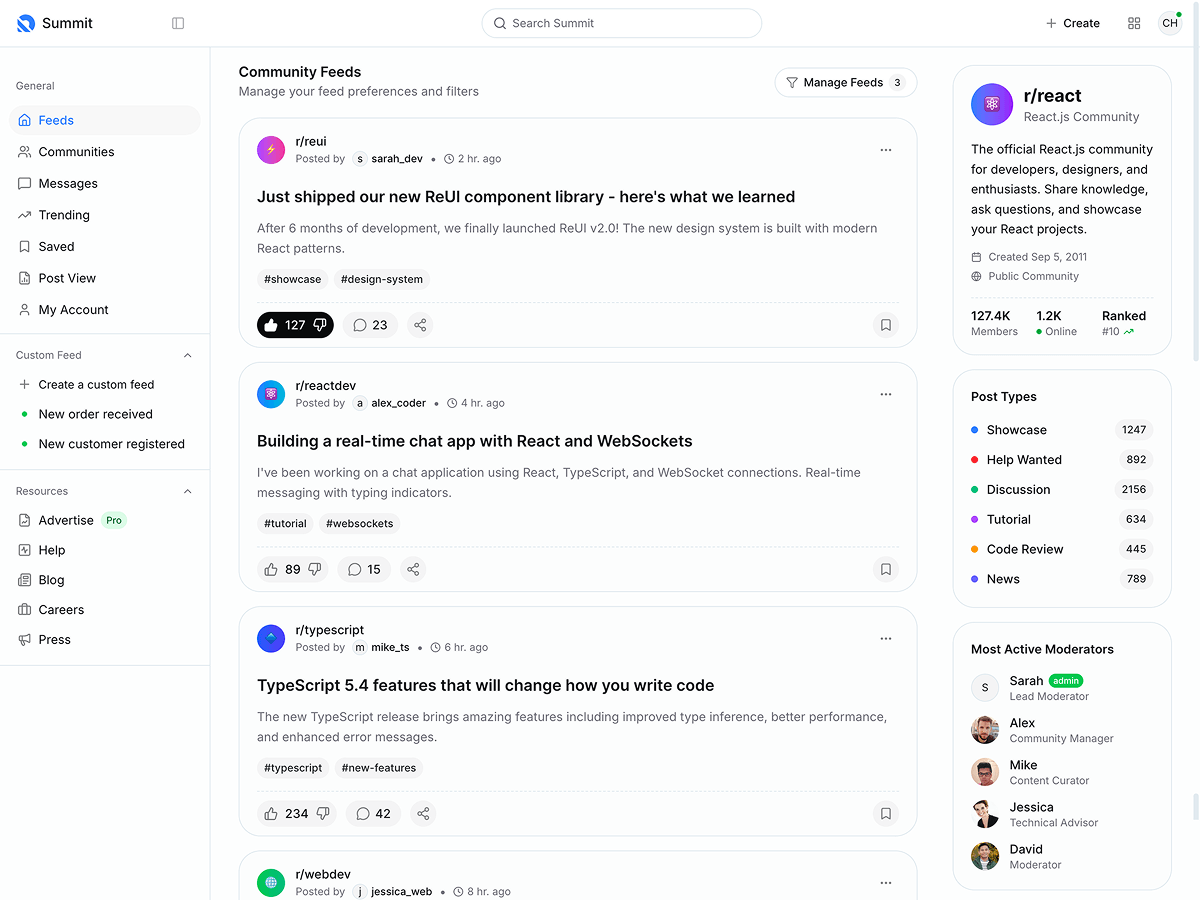angular translate
Hi,
I want to translate below "message" according to the selected language, but I dont find a way to do so? Can I do it in the html file itself?
using "{{ "AUTH.VALIDATE.REQUIREDMESSAGE" | translate }}" gives error to me.
<ng-container [ngTemplateOutlet]="formError" [ngTemplateOutletContext]="{
validation: 'required',
message: 'Password is required',
control: loginForm.controls['password']
}"></ng-container>
Replies (162)
I love the blog. Great post. It is very true, people must learn how to learn before they can learn. lol i know it sounds funny but its very true. . .
I am often to blogging and that i actually appreciate your posts. This article has truly peaks my interest. I am going to bookmark your internet site and keep checking for first time data
electrician melbourne
Thanks for the blog loaded with so many information. Stopping by your blog helped me to get what I was looking for.
Buy active members
Thanks for the blog loaded with so many information. Stopping by your blog helped me to get what I was looking for.
Boost social media pages
We run a community that promotes massage and leaves reviews, so why don't you come in and take a look?
slot 4d
Thanks For sharing this Superb article.I use this Article to show my assignment in college.it is useful For me Great Work
alexistogel
We run a community that promotes massage and leaves reviews, so why don't you come in and take a look?
coinomi
Positive site, where did u come up with the information on this posting? I'm pleased I discovered it though, ill be checking back soon to find out what additional posts you include
متجر كوديكس
Hey, you used to write wonderful, but the last few posts have been kinda boring¡K I miss your great writings. Past few posts are just a bit out of track! come on!
namso gen com
It turns out that even the hottest port has a few places where you can get off the beaten path. Here are some recommendations that will make you feel like you're in the know
metatrader4
Pretty good post. I just stumbled upon your blog and wanted to say that I have really enjoyed reading your blog posts. Any way I'll be subscribing to your feed and I hope you post again soon. Big thanks for the useful info
funções do WhatsApp aero
hi was just seeing if you minded a comment. i like your website and the thme you picked is great. I will be back 快连下载
Took me time to read all the comments, but I really enjoyed the article. It proved to be Very helpful to me and I am sure to all the commenters here! It's always nice when you can not only be informed, but also entertained! 泡泡èŠå¤©
mmm.. good to be here in your article or post, whatever, I think I should also work hard for my own website like I see some good and updated working in your site.
trust wallet download
mmm.. good to be here in your article or post, whatever, I think I should also work hard for my own website like I see some good and updated working in your site.
泡泡èŠå¤©è½¯ä»¶
I am often to blogging and that i actually appreciate your posts. This article has truly peaks my interest. I am going to bookmark your internet site and keep checking for first time data
å¿«è¿žVPN
Consequently, starting in the amount of electronic marketing strategy, is whenever a company's existing website, which will be to review the present site and its purpose is to improve the potency of the future. There is no evidence that the development an
vm9
Pretty good post. I just stumbled upon your blog and wanted to say that I have really enjoyed reading your blog posts. Any way I'll be subscribing to your feed and I hope you post again soon. Big thanks for the useful info
å¿«è¿žVPN
New web site is looking good. Thanks for the great effort
泡泡èŠå¤©è½¯ä»¶
Hi I found your site by mistake when i was searching yahoo for this acne issue, I must say your site is really helpful I also love the design, its amazing!. I don’t have the time at the moment to fully read your site but I have bookmarked it and also add your RSS feeds. I will be back in a day or two. thanks for a great site.
DIGISLOT LOGIN










